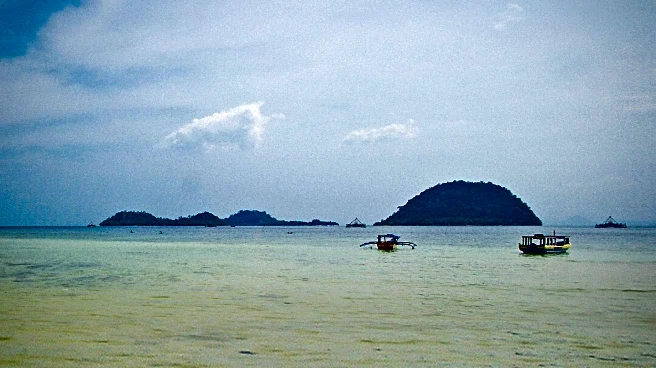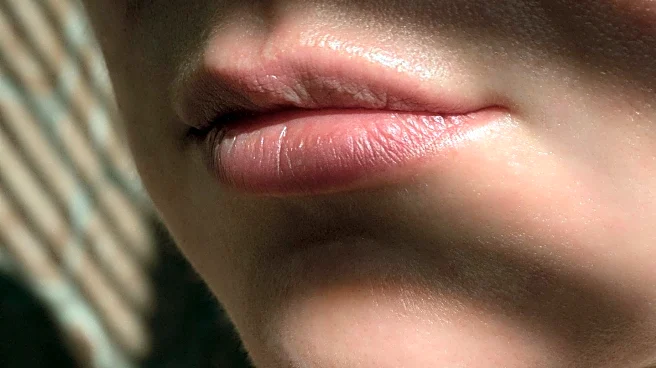What's Happening?
A recent study has examined the trends in the incidence of nonmelanoma skin cancer (NMSC) in Songkhla Province, Southern Thailand. Despite high ultraviolet radiation (UVR) exposure, the incidence rates of NMSC remain relatively stable. The study highlights that the average standardized rate (ASR) of NMSC in Songkhla is significantly lower than in Western countries, attributed to the protective melanin levels in the local population's skin types. The research also notes a decrease in NMSC rates among women in urban areas, likely due to increased sunscreen usage, and among rubber plantation workers, due to their nighttime working hours. The study utilized data from the Songkhla Cancer Registry, covering the period from 1989 to the present, and projected stable trends in NMSC incidence through 2030.
Why It's Important?
The findings are significant as they challenge the common assumption that high UV exposure directly correlates with increased skin cancer rates. The study suggests that cultural and occupational factors, such as sunscreen use and work schedules, can mitigate the risks associated with UV exposure. This research provides valuable insights for public health strategies, emphasizing the importance of targeted prevention measures and accessibility to healthcare services. The stable incidence rates also indicate that current prevention efforts may be effective, offering a model for other regions with similar UV exposure levels.
What's Next?
The study's projections indicate stable NMSC incidence rates through 2030, suggesting that current prevention strategies are effective. However, as the population ages, there may be an increase in cases among older adults. Public health officials may need to focus on enhancing awareness and accessibility to preventive measures, particularly for vulnerable groups. Additionally, further research could explore the impact of traditional medicine and healthcare choices on cancer registration and treatment outcomes.
Beyond the Headlines
The study highlights the complex interplay between UV exposure, cultural practices, and skin cancer incidence. It underscores the importance of considering local factors, such as skin type and occupational habits, in public health strategies. The findings also raise questions about the role of traditional medicine and healthcare choices in cancer prevention and treatment, suggesting areas for further investigation.











